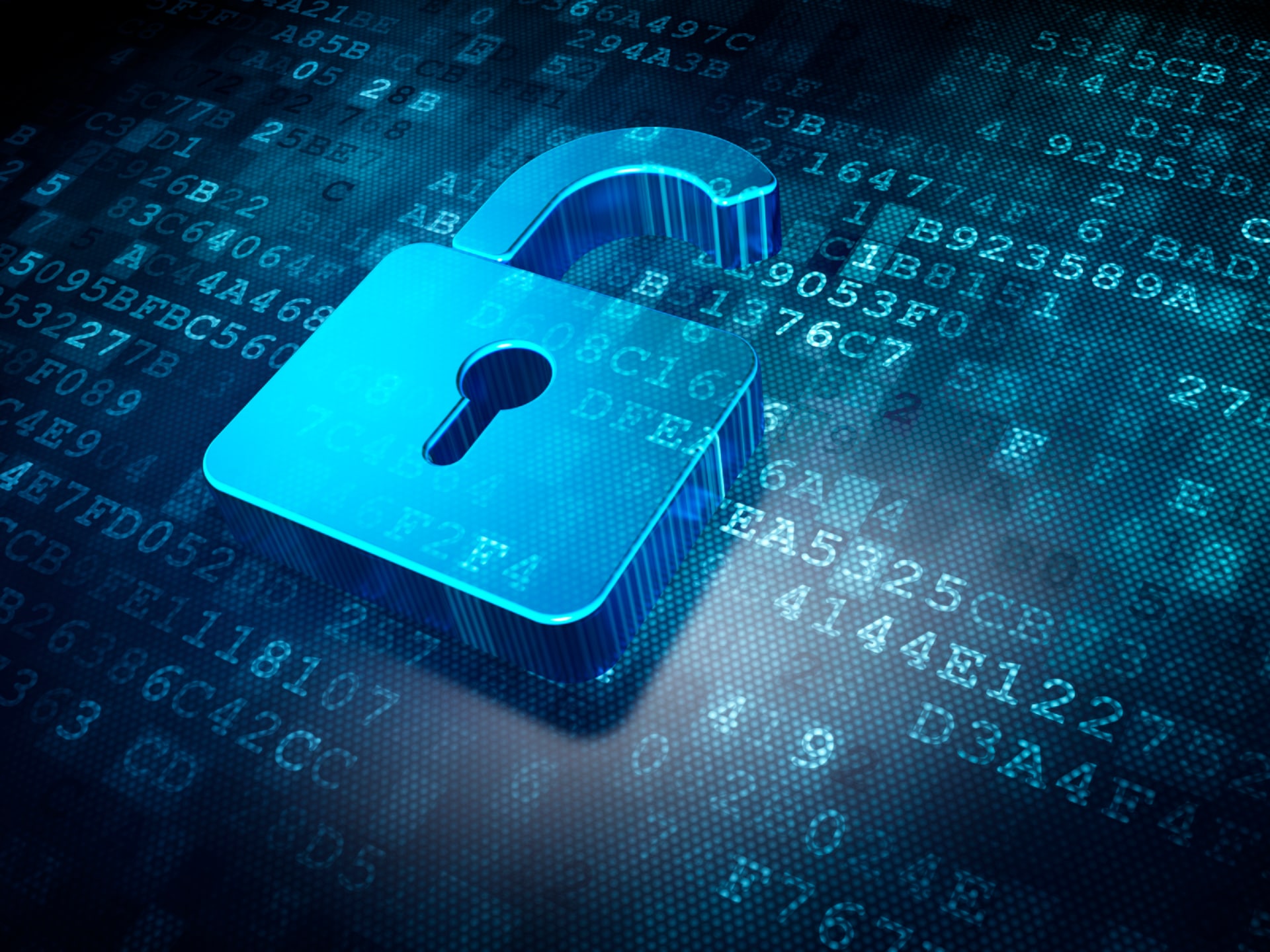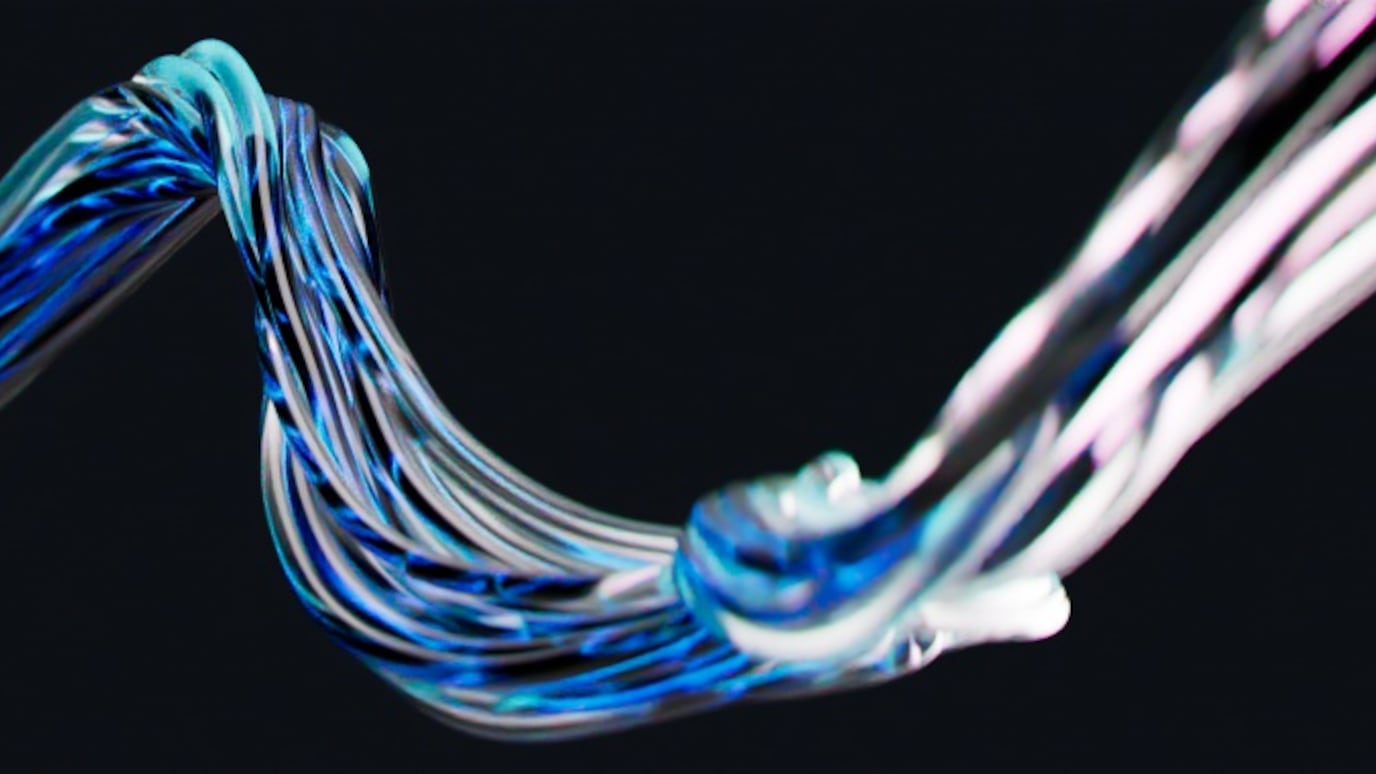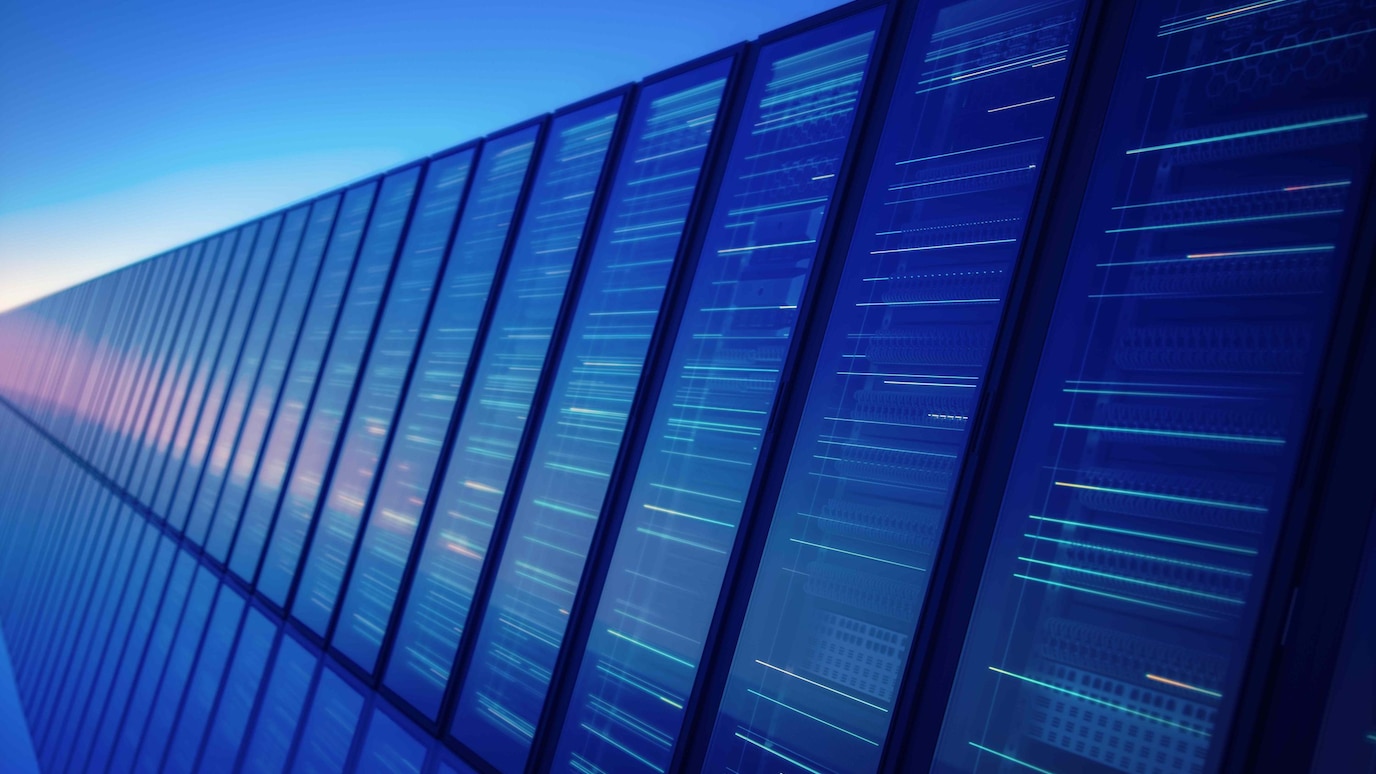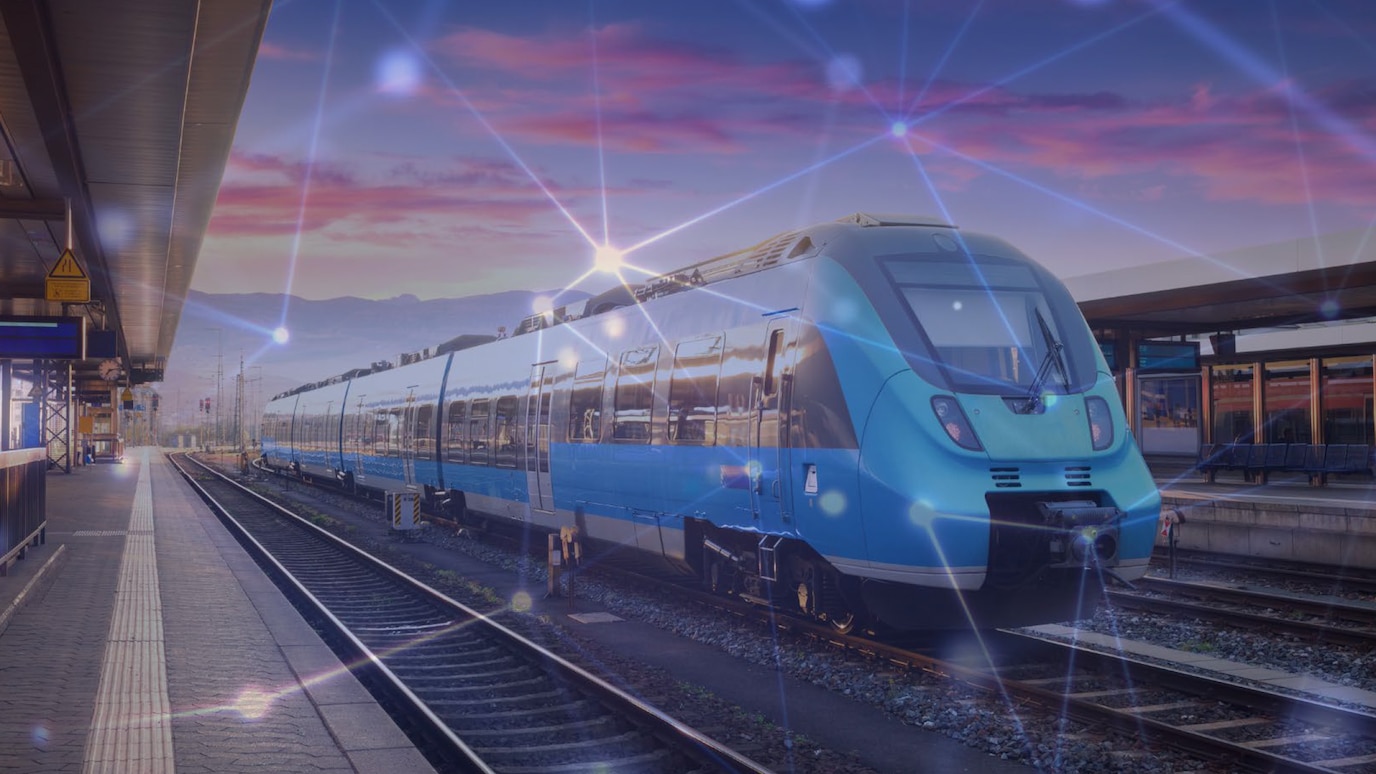Security

Protect networks, data and devices
Your network is facing growing attacks both on the network itself and on the data traveling over the network. Proliferating IoT devices increase the number of attack openings. We offer security products and services to address a variety of security concerns. Learn how you can identify threats more quickly, stop them automatically and take fast remediation actions when needed. Protect your network from degradation and deliver the security protection guarantees in your service level agreements.
Related topics
Explore our security solutions
Solution
Cloud-native Extended Detection and Response
Product
Automate the audit and analysis of all parameters in physical and virtual networks
Product
Automate the lifecycle management of your security certificates
Product
Digital identity management with secured and standardized PK
Product
5G cybersecurity orchestration and incident response software suite to detect, analyze, and mitigate telco security risks faster.
Product
Designed for mission critical infrastructures.
Product
Secure physical or virtual networks with Privileged Access Management (PAM)
Service
Leading holistic security advisories for critical networks
Solution
Protect your network with multi-layered embedded IP network security.
Product
A next-generation platform for DDoS mitigation
Product
Deepfield Defender by Nokia provides advanced AI-driven DDoS detection and mitigation, enabling real-time protection at scale with great cost-efficiency.
Product
Keep your customers’ IP traffic quantum-safe in the quantum era
Service
Leading holistic security advisories for critical networks
Service
Your trusted partner for protecting you against 5G security threats in the digital era
Product
Automate the lifecycle management of your security certificates
Product
5G cybersecurity orchestration and incident response software suite to detect, analyze, and mitigate telco security risks faster.
Product
Designed for mission critical infrastructures.
Solution
Cloud-native Extended Detection and Response
Service
Leading holistic security advisories for critical networks
Service
Your trusted partner for protecting you against 5G security threats in the digital era
Find our how we're helping organizations like yours
Latest news
Learn more

Blog

Article

Blog

White paper

Article

Brochure

Article

Article

















